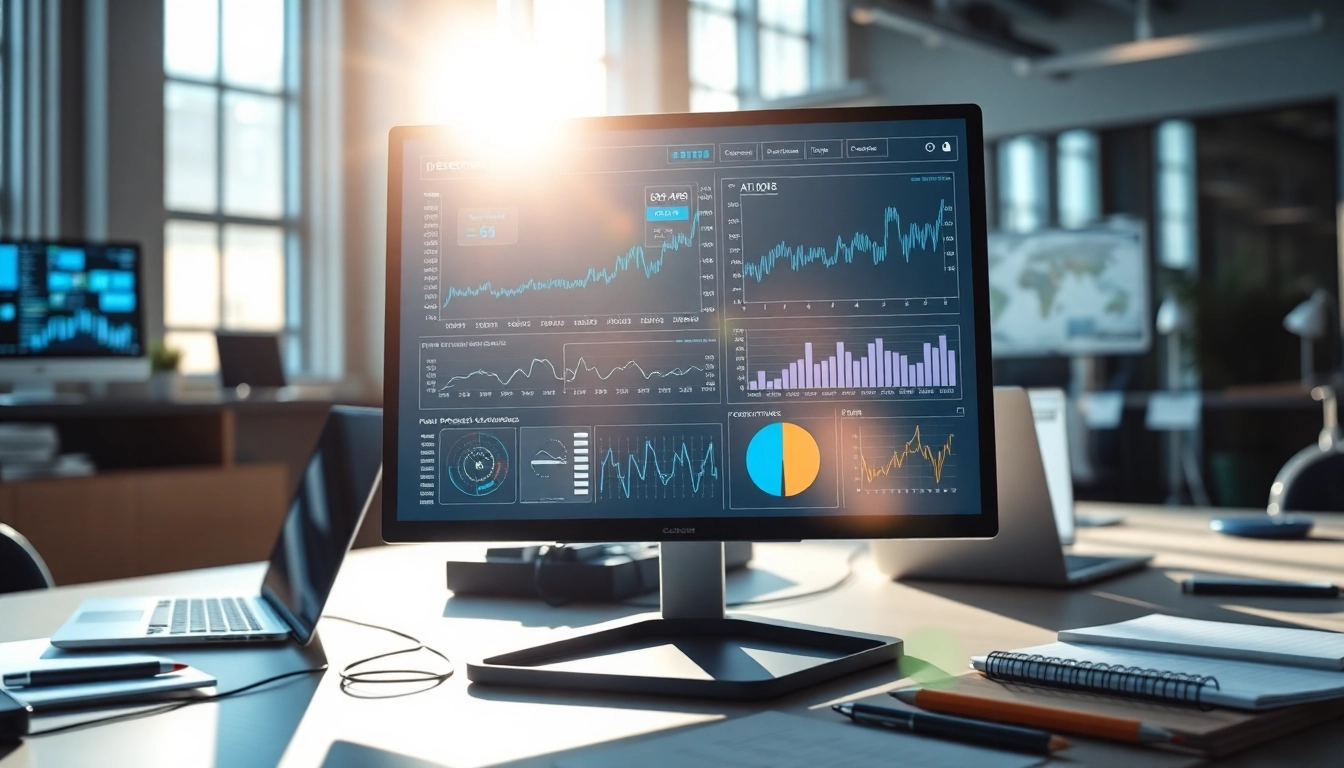1. What is an AI Detector?
A. Definition and Purpose
An AI detector is a sophisticated tool designed to analyze text content and determine whether it has been generated by artificial intelligence or written by a human. As artificial intelligence has become more prevalent in content creation, the need for reliable detection methods has emerged. These tools aim to preserve content authenticity, ensure quality control, and combat the spread of misinformation in various sectors, including education, journalism, and marketing.
B. Types of AI Detectors
AI detectors can be classified into various categories based on their methodology and application:
- Text-Based Detectors: These focus on analyzing the structure, grammar, and vocabulary of the text to identify AI-generated patterns.
- Image Detectors: Used to assess images and videos for AI-generated content, such as deepfakes.
- Multi-Modal Detectors: These advanced systems combine text and image analysis to provide a comprehensive evaluation.
- Real-time Detectors: Tools designed to provide immediate results, often utilized in chat applications or social media platforms to ensure content authenticity on-the-fly.
C. How Do AI Detectors Work?
AI detectors employ a variety of methodologies, including:
- Statistical Analysis: Algorithms assess the likelihood of certain phrases or patterns appearing in human vs. AI-generated texts.
- Machine Learning: Many AI detectors utilize machine learning models trained on vast datasets of human and AI-written content, allowing them to learn distinguishing features.
- Natural Language Processing (NLP): NLP techniques are used to analyze linguistic aspects to differentiate text quality and style between human and AI outputs.
2. Importance of Using an AI Detector
A. Enhancing Content Authenticity
In a digital landscape overflowing with content, maintaining integrity and authenticity is paramount. An ai detector can play a critical role in verifying the source of content, helping organizations and individuals uphold their reputation while providing trustworthy materials.
B. Reducing Misinformation Risks
AI-generated content can potentially mislead audiences by propagating false information. By using AI detection tools, media outlets, educators, and researchers can minimize this risk. These tools enable them to ascertain whether a given piece of information originates from an αI model or is generated by credible human sources.
C. Supporting Academic and Professional Integrity
In academic environments, integrity and originality are crucial. Institutions can leverage AI detectors to curb plagiarism and maintain quality standards in submitted work. By ensuring that submissions are human-generated, educators can foster an environment that values original thought and critical analysis.
3. Key Features to Look for in an AI Detector
A. Accuracy and Reliability
Accuracy is a cornerstone of effective AI detection. Choose a detector that provides reliable results, ideally supported by data on its performance metrics. The best tools utilize a multi-stage analysis process that enhances accuracy, allowing for precise identification of AI-generated content.
B. User-Friendly Interface
A well-designed user interface is essential for effective usability. The best AI detection tools offer intuitive navigation, allowing users to easily input text and interpret results without extensive technical knowledge. Look for tools with simple dashboards that summarize findings clearly.
C. Multi-Platform Compatibility
With the diversity of content platforms in use today, it’s essential for AI detectors to work across various applications. Whether it’s blogs, educational platforms, or social media, compatibility ensures that users can check content authenticity no matter where they create or share it.
4. Best Practices for Utilizing an AI Detector
A. Regular Use in Content Creation
Integrating the use of an AI detector into the content creation workflow can significantly enhance quality assurance. Regularly checking drafts for AI-generated content ensures that what is published meets the established standards for authenticity and reliability.
B. Understanding Results and Feedback
Merely running a text through an AI detector is not enough; understanding the provided feedback is crucial. Detectors often offer insights into why certain sections are flagged as AI-generated. Utilizing this information can help content creators improve their writing style and reduce AI-like patterns.
C. Incorporating AI Detector Insights into Workflow
To maximize the effectiveness of AI detector tools, organizations should integrate their insights into broader content strategy processes. This includes using feedback to train teams on writing techniques, refining content guidelines, or even adjusting editorial processes to prioritize human creativity over algorithmic replication.
5. Future of AI Detectors in Content Verification
A. Advancements in Detection Technology
The future of AI detectors looks promising with rapid advancements. Emerging technologies such as enhanced machine learning, improved NLP capabilities, and integration of more comprehensive datasets are set to improve detection accuracy. These advancements will help to address the increasingly sophisticated methods used by AI models for content generation.
B. Integration with Other Tools
As the technology landscape evolves, it is likely that AI detectors will be integrated with other tools such as plagiarism checkers and grammar correction software. This integration will create a holistic approach to content quality, allowing users to ensure their work is original, grammatical, and free from AI manipulation.
C. Potential Challenges and Ethical Considerations
While the benefits of AI detectors are evident, ethical considerations surrounding the technology must also be addressed. Challenges such as privacy concerns, reliance on automated tools, and potential for misuse in censorship will need to be navigated carefully. The future development of these tools will require a balanced approach that respects both innovation and ethical standards.
